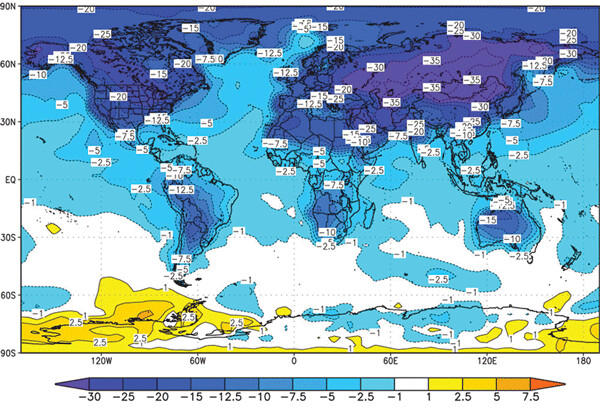News & Articles
Browse all content by date.

An enlarged copy of this Sept. 13, 1985 headline from the Mpls. “Star and Tribune” has been on my bulletin board for decades. Back then the scientists explained the consequences of a large-scale nuclear war between the former USSR and the United States. “…the primary mechanisms for human fatalities would likely not be from blast effects, not from thermal radiation burns, and not from ionizing radiation, but, rather, from mass starvation” the US National Academy of Sciences study said, resulting in nuclear winter and “the loss of one to four billion lives.”
Left out of those grim calculations was the effect of mass firestorms caused by nuclear weapons being detonated on urban areas. In her book Whole World on Fire (Cornell Univ. Press, 2004) Lynn Eden notes, “For more than 50 years, the US Government has seriously underestimated damage from nuclear attacks.”
“The failure to include damage from fire in nuclear war plans continues today,” Eden wrote. “Because fire damage has been ignored for the past half-century, high-level US decision makers have been poorly informed, if informed at all, about the extent of damage that nuclear weapons would actually cause. As a result, any US decision to use nuclear weapons almost certainly would be predicated on insufficient and misleading information. If nuclear weapons were used, the physical, social, and political effects could be far more destructive than anticipated.”
“For nuclear weapons of 100 kilotons or more, destruction from fire will be substantially greater than from blast. … Air temperatures in the burning areas after the attack would be well above the boiling point of water; winds, hurricane force,” Eden reported.
In a 1995 letter to Eden, Harold Brode of the Defense Nuclear Agency, which conducted research on nuclear weapons effects, wrote, “The fact is that fire tends to lead to complete destruction in this context…. Because of the enhanced likelihood of spread in the event of a nuclear explosion in an urban center, fire damage is very likely to far exceed blast damage.”
Today, with the US president threatening to “totally destroy” North Korea’s 25 million people, and with three US Navy aircraft carrier battle groups conducting large-scale exercises in the Asia-Pacific involving over 22,500 personnel, it’s worth recalling that fires from even a very “limited” use of a small number of modern nuclear weapons would create so much soot and ash that the consequent collapse of agriculture could cause the famine death of two billion people.
This was the conclusion in November 2013, of Ira Helfand, MD, who wrote “Nuclear Famine: Two Billion People at Risk,” 2d Edition, for the International Physicians for the Prevention of Nuclear War and Physicians for Social Responsibility.
What nuclear war planners in the Navy and the Air Force, or sociopaths like Mr. Trump ignore or fail to grasp is this, from Whole World on Fire: “Within tens of minutes after the cataclysmic events associated with the [nuclear] detonation, a mass of buoyantly rising fire-heated air would signal the start of a second and distinctly different event -- the development of a mass fire of gigantic scale and ferocity. This fire would quickly increase in intensity. In a fraction of an hour it would generate ground winds of hurricane force…”
In April 2014, a group of US atmospheric and environmental scientists published a corroborating paper titled, “Multi-decadal global cooling and unprecedented ozone loss following a regional nuclear conflict.” Its co-authors Michael Mills, Owen Toon, Julia Lee-Taylor, and Alan Robock reported that, “A limited, regional nuclear war between India and Pakistan in which each side detonates 50 15 [kiloton] weapons could produce about 5 Tg [teragrams] of black carbon” from mass fires. A teragram/Tg is 1 million metric tons.
These five metric tons of black carbon, the report notes, “would self-loft to the stratosphere, where it would spread globally, producing a sudden drop in surface temperatures and intense heating of the stratosphere. ... The combined cooling and enhanced UV [ultra violet radiation] would put significant pressures on global food supplies and could trigger a global nuclear famine.” Of course, much of the black carbon would be radioactive as well causing long-lived contamination of water and food.
The authors conclude that with this understanding of the impacts of mere 100 “small” Hiroshima-sized nuclear detonations (actual US bombs are far more powerful), the world should be motivated to demand “the elimination of the more than 17,000 nuclear weapons that exist today.”

| Tweet |

